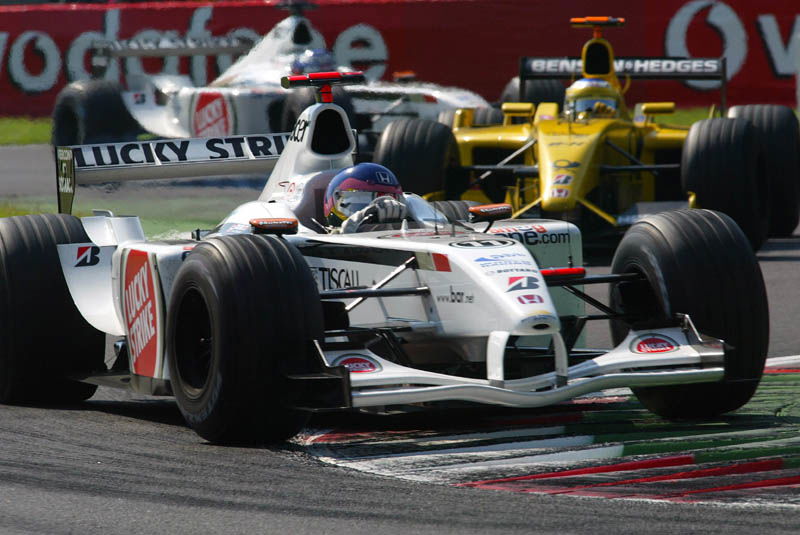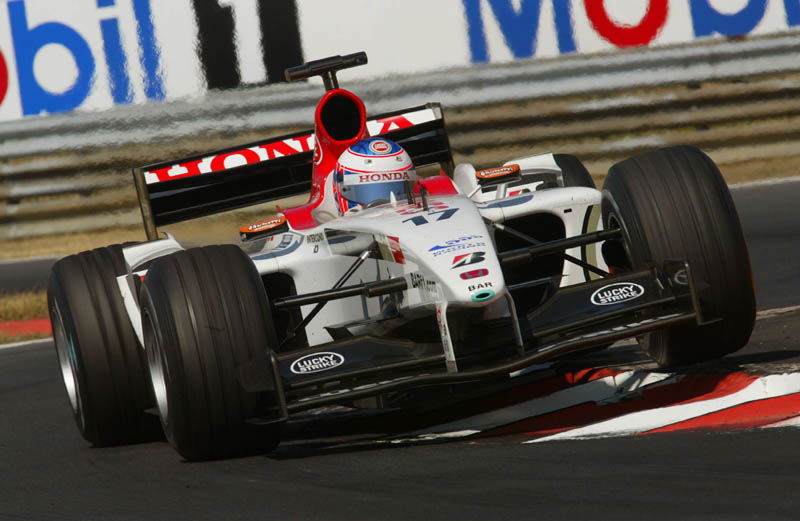The wind tunnel.
In a hi-tech sport where just one tenth of a second can make the difference between popping corks on the podium and packing up early, F1 teams are constantly reassessing and evolving their car, knowing that the smallest change can make a massive difference on track.
In a bid to be quicker than the rest, a process of continual development work back at team HQ is a necessity. And knowing that some of the biggest performance gains come from the aerodynamic package on the car means that what happens in a team's wind tunnel is critical.

In a hi-tech sport where just one tenth of a second can make the difference between popping corks on the podium and packing up early, F1 teams are constantly reassessing and evolving their car, knowing that the smallest change can make a massive difference on track.
In a bid to be quicker than the rest, a process of continual development work back at team HQ is a necessity. And knowing that some of the biggest performance gains come from the aerodynamic package on the car means that what happens in a team's wind tunnel is critical.
The wind tunnel is one of the most closely guarded secrets of any team's development work. That most teams have one is by now common knowledge, but the detail of what goes on behind its firmly closed doors remains hush-hush to the outside world. So to be able to peer inside the facility at Lucky Strike BAR Honda, where a dedicated team work on improving and testing the aero of the car, was to be afforded a very rare privilege.
Tristan Timmins, BAR's track aerodynamicist, is a member of this clandestine world and talks through his own role of trying to fully realise the aerodynamic potential of the car at the circuit: "I'm charged with determining how the overall aerodynamic performance of the car compares to its results in the wind tunnel.
"I am also involved in the track testing and analysis of aerodynamic updates from the wind tunnel to determine whether they translate to improvements in car performance. In a nutshell, this makes me the communication link between the aero department and the race team so I can ensure we're racing the car in the optimum aerodynamic configuration".
No small task then for the Aussie-born 27 year-old. But how do you go about getting a job in such a closely guarded and specialised field?
"I got my job when I responded to one of BAR's initial advertisements for Engineers, on the day of my last exam at University. During my degree I spent a miserable English winter working for Van Diemen cars in Snetterton, Norfolk and swore never to return to the UK but the lure of aerodynamics and F1 brought me back. I was taken on by BAR as a graduate and worked on the development of the race car in wind tunnels at Southampton University and Indianapolis in the US before the team had its own facility on-line in January 2000. Then I took on this role of track aerodynamicist."
Timmins goes to up to 10 races each year to see how the hard graft in the wind tunnel translates to the performance of the aero package at track. For the rest of his working week he is based in the team's wind tunnel facility working alongside the other aerodynamicists. But why such emphasis on the wind tunnel? And what is so secret about the work that goes on there?
As Timmins explains: "Aerodynamics is the third largest contributor to car performance, after tyres and engines, making it by far a team's largest contribution to car performance. The wind tunnel itself is important, as it's the fastest means available to determine and develop the aerodynamic performance of the car. What goes on in the wind tunnel is secret because it's not just about getting new aerodynamic parts onto the race car. It's about getting them onto your car before the opposition has them on theirs!
"Almost all teams have their own wind tunnel facilities and those without lease time in commercially available ones. The wind tunnels used by the teams vary in terms of overall size, the size of the model you can test, the maximum speed and the instrumentation used to measure aerodynamic forces. It's the teams with wind tunnels that best combine these factors that have an advantage".
So how does a wind tunnel work?
"The principle behind the wind tunnel is to simulate the car moving over the circuit and through the air in a manner that enables you to measure the aerodynamic forces it generates. We achieve this by suspending a scaled model of the car in the wind tunnel from a very precise set of weighing scales, blowing air over the model, via a large electric fan, at a regulated speed and temperature as well as rotating a belt under the model, to simulate the moving ground and of course to spin the wheels. We run a 50 per cent scale version of the race car in our wind tunnel and simulate almost everything short of a running engine."
An awful lot of effort then, but potentially, an awful lot of gain. And for a sport that evolves not year-by year, but race-by-race, it can make a big difference.

